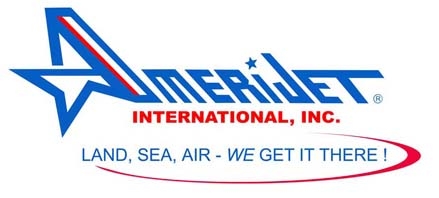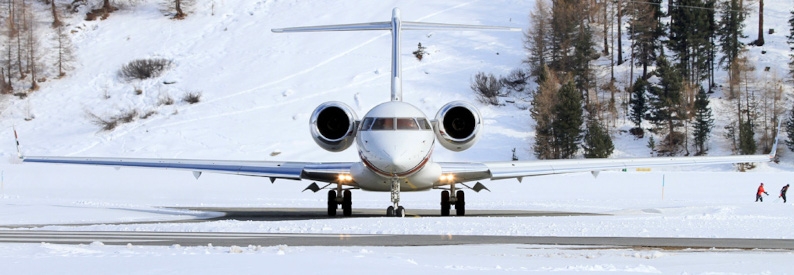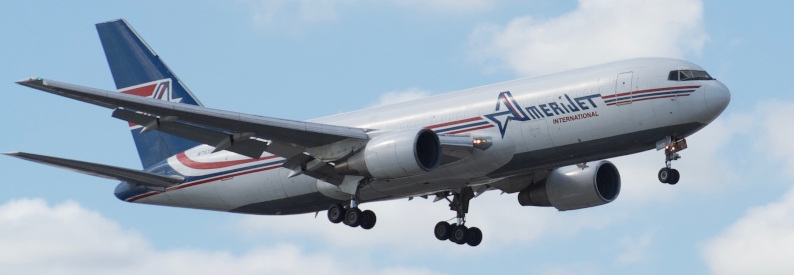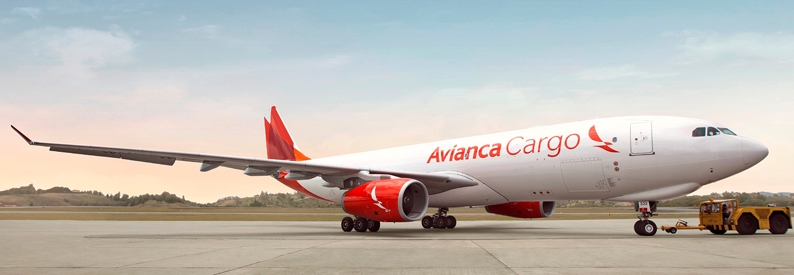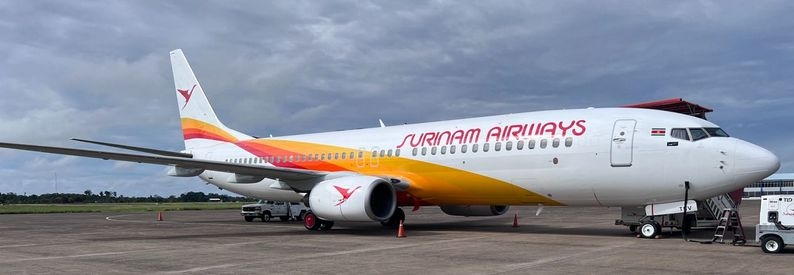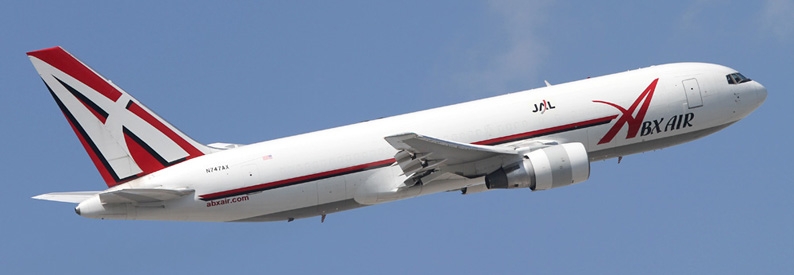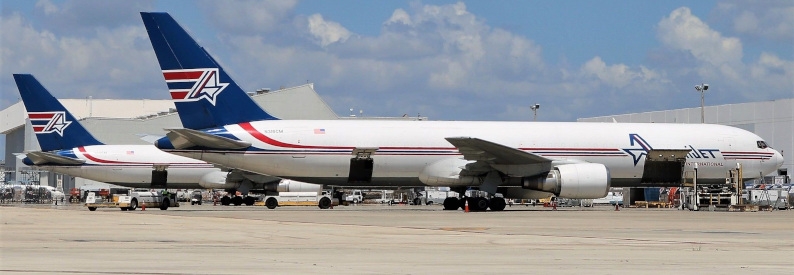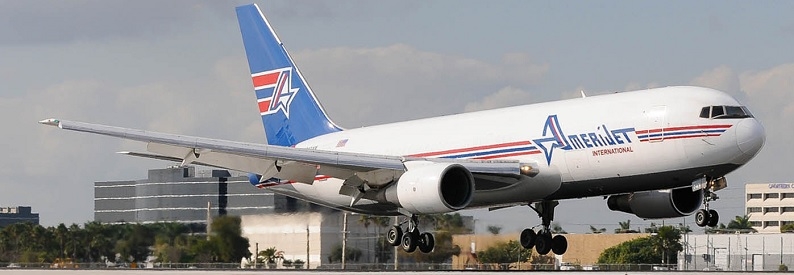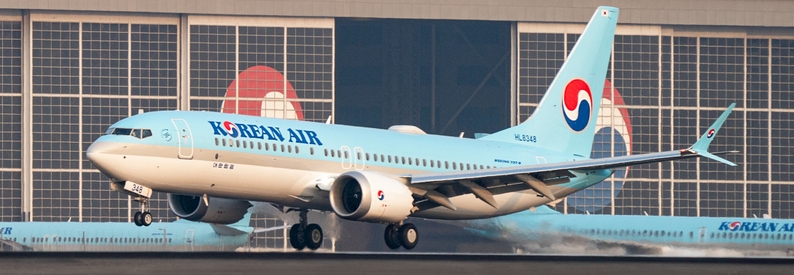Amerijet International (M6, Miami International) is planning to continue its rapid growth and hopes to as much as double its fleet over the next five years, Chief Executive Tim Strauss told Air Cargo News.
"The industry will go through a down period that we can't do anything about, but we will grow during it, and we are still hiring people... I think we can double the fleet again in another five years," Strauss said.
The ch-aviation Commercial Aviation Aircraft Data module shows that the carrier currently operates 23 dedicated freighters, including six B757-200(PCF)s, five B767-200(BDSF)s, one currently stored B767-200(SF), eight B767-300ER(BDSF), and three B767-300Fs. Amerijet more than doubled its fleet during the COVID-19 pandemic, as it operated only ten aircraft in 2020. Strauss said that a further five B767 freighters have already been secured for 2023.
Chief Commercial Officer Eric Wilson told ch-aviation earlier this year that while the six B757-200(PCF)s were an important addition for thinner markets, the airline would focus on B767s going forward.
Amerijet's growth has been fuelled by new markets. The airline traditionally focused on the busy Miami International-Caribbean cargo market. It has since expanded into Europe and, more recently, into Asia thanks to a CMI agreement with Maersk Air Cargo to operate the three B767-300Fs on behalf of the Danish shipping giant.
Strauss stressed he was optimistic about growing the partnership with Maersk.
"Flying on behalf of Maersk is a big deal for an airline of Amerijet's size and brings a ton of opportunity. Based on the sheer volume of ocean freight, if just a small percentage of shipping line customers would rather have a two-day versus a 45-day service, it would not take much to move the needle. I think airfreight is a valuable piece of business for them," he said.
The airline is also evaluating opportunities to grow its own network. While it has historically fed its Miami hub by trucks, Strauss said that Amerijet was considering options to build an air cargo feeder network in the US.
"We may decide to put a plane into the Midwest and feed our hub differently than we have been doing until this time. There are a ton of opportunities that we can still explore," he explained.
- Type
- Base
- Aircraft
- Destinations
- Routes
- Daily Flights
